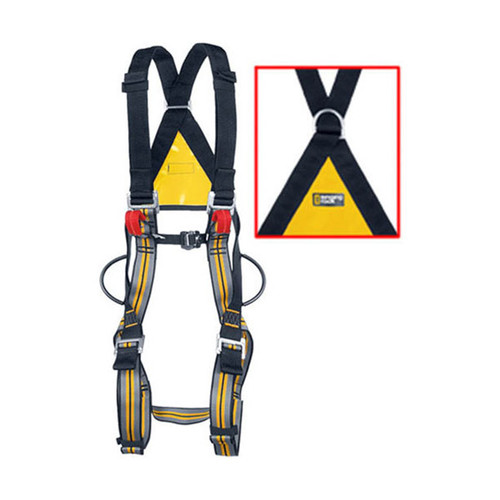


ALWAYS use manufacturer’s safe working loads.Strength of rope is dramatically increased as diameter increases.600lbs = 2 persons 600 x 15 = 9000lbs Most 1/2” rope meets or exceeds this criteria. According to NFPA 1983, a one person rope requires a minimum tensile strength of 4500 pounds, a two person rope requires a minimum tensile strength of 9000 pounds.ģ00lbs = 1 person 300 x 15 = 4500lbs Most 7/16” rope meets or exceeds this criteria.The NFPA recognizes a 15:1 safety factor.Defines life safety rope as… “rope dedicated solely for the purpose of supporting people during rescue, fire fighting, or other emergency operations, or during training evolutions”.NFPA 1983 “Standard on Fire Service Life Safety Rope & System Components” NFPA 1983 categorizes ropes and sets strength requirements.Ropes, harnesses and hardware must comply with NFPA 1983.

Rope Use ClassificationsPrimary Uses Life Safety Rope Breaking Strength 1200 kg means safe working strength of 240 kg Safety factor of 5 – allows “room” for knots, bends, etc….Safe Working Strength – 1/5 of Breaking strength (as determined by manufacturer).Rope Use ClassificationsPrimary Uses Utility Rope Uses Just to prove it does get done… sometimes Sheath provides some strength but protects kern from abrasion.Load characteristics dependant on manufacturing method.Main load bearing strands in core (kern).Doesn’t resist abrasion as well as kern mantle.Strength divided equally between core/sheath.Load bearing fibers are exposed to direct abrasion and damage.Made by uniformly intertwining strands together.Susceptible to abrasion and physical damage.How tightly twisted and type of fiber dictate ropes properties.Generally three strands are twisted together to make rope.Constructed by twisting yarns together to form stands.Rope Construction Methods and Their Characteristics Resist mildew/rot Increased strength Flexibility Resists abrasions Lighter Higher melting point Non-conductive Many float General Advantages of Synthetic Ropeĭynamic: Designed for high stretch without breaking Used in rock climbing where falls are possible Static: Designed with low stretch Rope of choice for most rescue incidents, rappelling and hauling/hoisting equipment Rope Categories



 0 kommentar(er)
0 kommentar(er)
